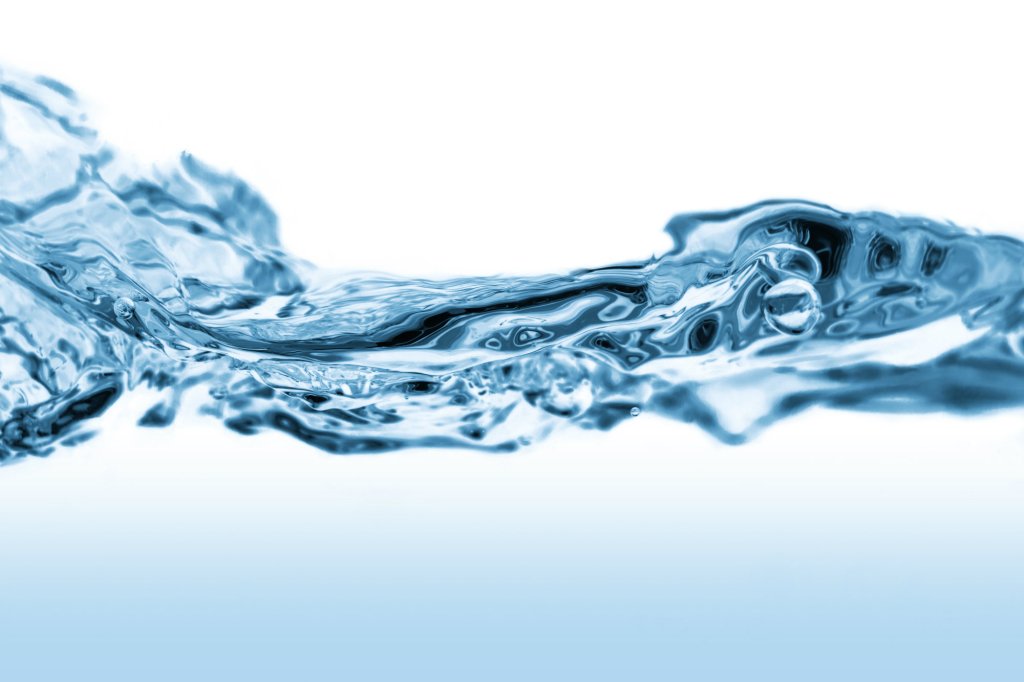Especially with the emergence of advanced oxidation processes, ozone is appearing in more swimming pools these days. Here, two pool and spa professionals share their keys for educating and selling clients on this method.
1. Establish realistic expectations.
Despite the fact that ozone has been around for multiple decades, albeit using different technologies, some homeowners still harbor two major misconceptions about this sanitizer: That it can act on its own and it requires no maintenance. So, for Dennis Marunde, one of the first orders of business is to explain upfront that an ozonated pool will still need a slight chlorine residual, whether in liquid or tablet form, or as generated from salt.
“If it is sold with the idea that it is a terrific sanitizer that helps maintain a swimming pool, that is not the complete answer to pool care, but that it’s a terrific supplement, and it’s going to reduce the number of problems you’re going to have, then it meets with a reasonable acceptance with the consumer, and it’s not oversold,” says Marunde, the president of Arvidson Pools & Spas, a building, service and retail firm in Crystal Lake, Ill. “It’s about really trying to manage expectations, striving not to over-promise and then be perceived as under-delivering.”
Because he knows that some people don’t like the odor, he shies away from selling this sanitizer on indoor pools, where the enclosed space can heighten the effects of off-gassing.
2. Emphasize ozone’s power as a sanitizer.
People seem to have an easy time understanding that, if oxygen is an effective sanitizer, then ozone, with its three oxygen atoms to air’s two, makes for a fast and efficient method of killing microorganisms.
“Once [ozone is] pulled into the water, it’s a very effective sanitizer – it attacks the cells and breaks down the cell membrane,” says Jerry Parker, owner of Parker’s Pool & Spa in Redwood City, Calif.
3. Explain the benefits of no byproducts or TDS.
Clients should be able to appreciate the fact that ozone leaves no byproducts after it does its job. No chloramines with their smell. “All it does is come back to oxygen,” Parker says. “There’s nothing left in the water.”
That includes total dissolved solids (TDS). “If you take a tall, clear glass, fill it with chlorine from the jug, set it in the sun and let it evaporate, you’re going to see all the solids that are left over, all the byproducts that are in water,” Parker says. “So every time you pour a gallon in, there are dissolved solids. When you’re using ozone, it’s just O3 – there are no solids involved with it.”
This is especially appealing to customers in drought-prone areas, since maintaining a low TDS level will prevent the need to drain and refill any portion of the pool.
4. Expand the conversation to include water balance.
While this applies to any sanitizer, it’s worth noting here. Sometimes before even discussing the sanitizing method, Parker will explain the importance of employing a pH/ORP system or other technology to help manage the pH, alkalinity and the other parameters impacting a sanitizer’s efficacy.
“A lot of people talk about sanitizers all the time, but if you don’t have balanced water, it’s not going to look good or smell good, it’s going to be caustic on the skin,” he says. “ … So it does make a difference, the balance of water before you even introduce sanitizers. That’s the way that we teach our service techs.”

